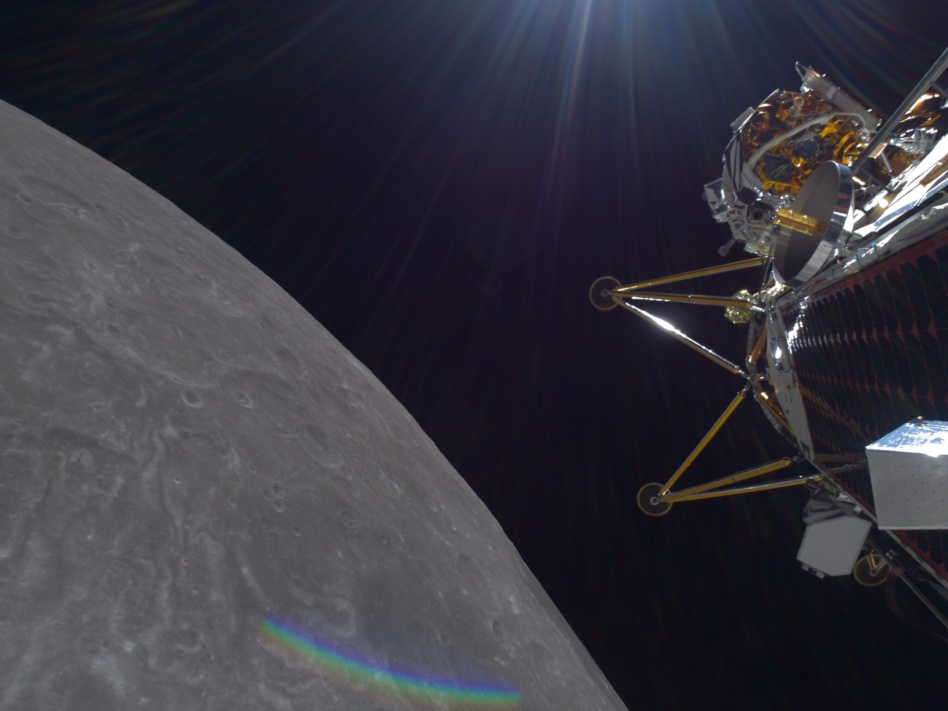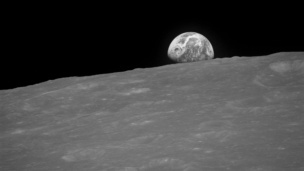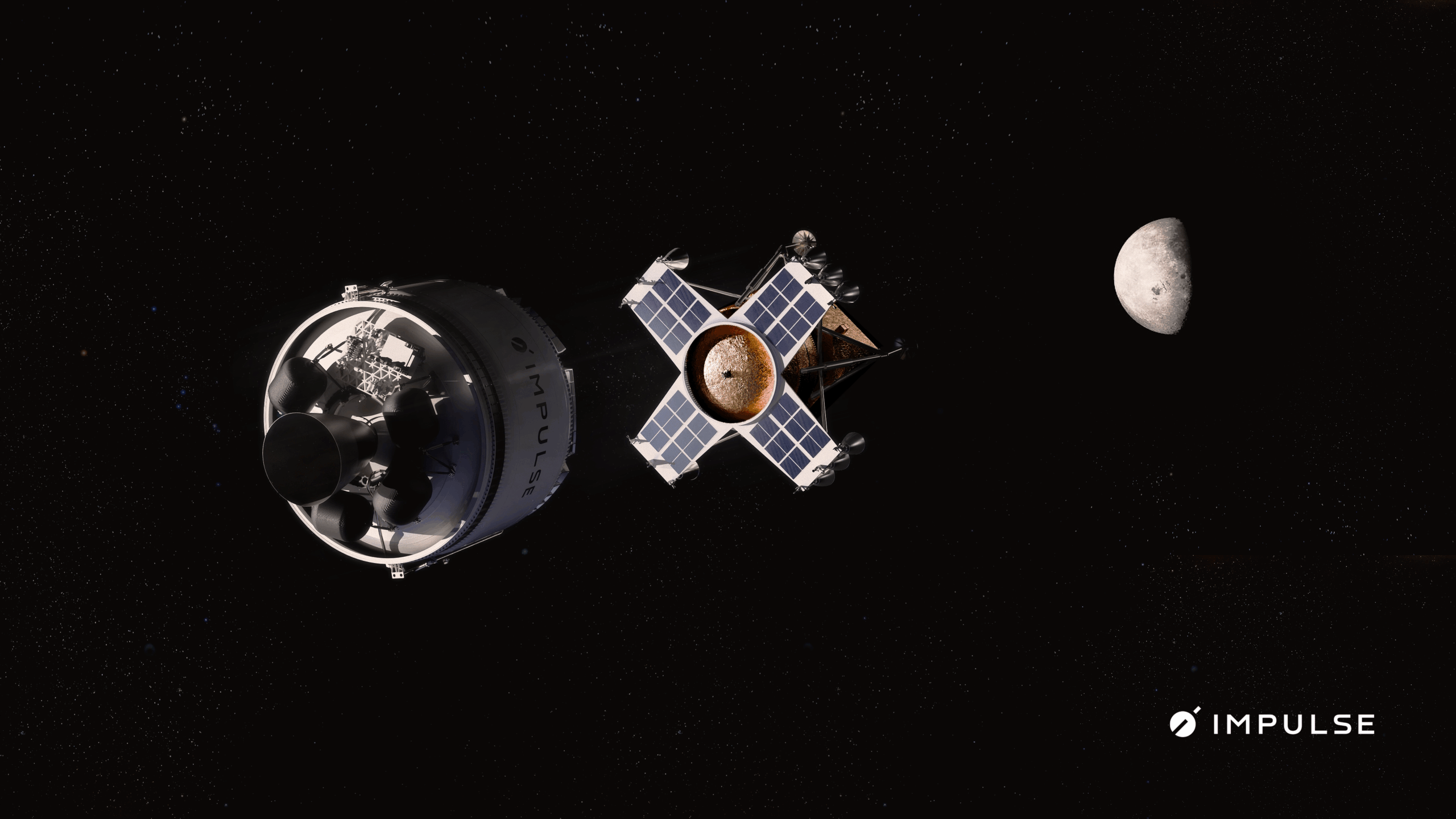Intuitive Machines CEO Steve Altemus is a fan of the White House’s plan for space, telling investors on a first quarter earnings call that “the president’s recent NASA budget request signals continued support for deep space initiatives that Intuitive Machines [is] built to serve.”
Does it? The top-line budget shared by the White House this month would cut $2.27B from the space science division that funds IM’s Moon landers under the CLPS program—as well as the SLS and Orion vehicles at the heart of the current Artemis Moon program IM hopes to service.
He went to Jared: Altemus said he is confident in NASA administrator nominee Jared Isaacman’s vision for Moon and Mars exploration in parallel, by relying on commercial contractors. In 2025, IM is competing for two more commercial Moon lander task orders—”we do not see a direct impact into the CLPS budget,” Altemus said.
The heavy lander and Lunar Terrain Vehicle that IM is developing for NASA fly on the SpaceX Falcon Heavy, not the SLS. That makes, in Altemus’ words, “a very nice package with the launch vehicle, the heavy cargo lander and the LTV, to get autonomous roving assets to the Moon.” IM also expects the next phase of that contract in 2025.
Just in case… Altemus emphasized his interest in the national security space business, including:
- The development of an orbital transfer vehicle;
- A lifting-body reentry vehicle backed by a $10M grant from the Texas Space Commission;
- A contract to develop low power nuclear propulsion for stealth satellites.
Third time’s the charm: The company’s second attempt to land on the Moon this year also ended with a toppled vehicle. Altemus talked about what went wrong, and how they will stick the landing on their third mission that is expected in early 2026.
- Signal noise in the laser altimeters screwed up altitude readings? ▶️ New dissimilar and redundant altimeters were added to the sensor suite.
- Rough terrain and the low Sun angle at the lunar South Pole troubled the company’s optical sensors? ▶️ A new lighting-independent sensor will measure surface speed.
- The optical nav system relied on imagery that wasn’t high-enough resolution? ▶️ An expanded onboard crater database includes new imagery gathered by IM-2.




